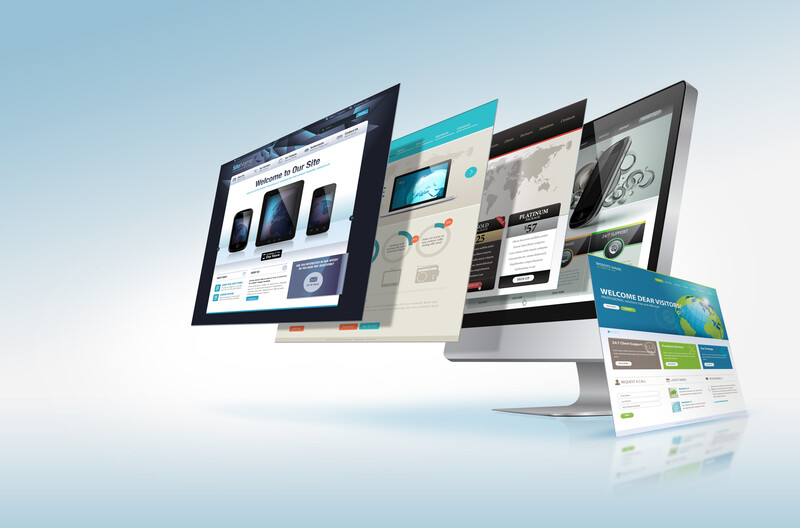With the hype surrounding funnels, it’s natural to be curious about how to build one. But, with so much information available, it’s easy to be misled by myths and misconceptions. In this comprehensive guide, we debunk the most common sales funnel myths and provide you with the essential knowledge on how to build a sales funnel that works for your business.
Debunking the #1 Sales Funnel Myth: Bigger Is Better
The most common sales funnel myth is that bigger is always better. Many people believe that a longer, more complex funnel will deliver better results. However, this isn’t always the case. In fact, keeping your sales funnel simple can often yield better outcomes.
The Reality: Keep It Simple and Effective
When it comes to building a sales funnel, you should focus on keeping it as simple as possible while ensuring it effectively guides your prospects through the buying process. A complex sales funnel can confuse and overwhelm potential customers, ultimately leading to fewer conversions.
Myth #2: Sales Funnels Are Only for Online Businesses
Another common myth is that sales funnels are exclusively designed for online businesses. However, this couldn’t be further from the truth. Sales funnels can be just as effective for offline businesses, if not more so.
The Reality: Funnels Work for Both Online and Offline Businesses
Whether you run an online store or a brick-and-mortar business, a well-designed sales funnel can help you attract and convert potential customers. The key is to adapt your funnel to fit the unique needs of your business and target audience.
Myth #3: You Need Tech Expertise for Knowing How to Make Funnels
Many people believe that building a sales funnel requires a high level of technical expertise. While it’s true that some technical knowledge can be helpful, it’s far from necessary.
The Reality: User-Friendly Tools Make Building a Funnel Easy
There are numerous user-friendly tools available that make it easy to build a sales funnel without any coding or technical skills. Platforms like ClickFunnels and Kajabi offer drag-and-drop builders and pre-built templates, allowing you to create a funnel quickly and easily.
Myth #4: Every Business Needs a Complex Sales Funnel
Some marketers claim that every business needs a complex sales funnel to succeed. However, this simply isn’t true. While a well-designed sales funnel can certainly help your business grow, it’s not the only factor that contributes to success.
The Reality: Focus on the Fundamentals First
Before you dive headfirst into building a complex sales funnel, it’s essential to focus on the fundamentals of your business. This includes understanding your target audience, developing a compelling offer, and creating engaging content. Once you have these elements in place, you can start building a sales funnel that complements your overall marketing strategy.
Myth #5: You Need Paid Traffic for a Successful Sales Funnel
Many people believe that the only way to generate traffic for their sales funnel is through paid advertising. While paid traffic can be an effective way to attract leads, it’s not the only option.
The Reality: Multiple Traffic Sources Can Drive Results
There are multiple traffic sources you can use to attract potential customers to your sales funnel, including organic search, social media, and email marketing. By diversifying your traffic sources, you can reduce your dependence on paid advertising and potentially attract more qualified leads.
Myth #6: Funnels Are One-Size-Fits-All
Some marketers claim that there’s a one-size-fits-all sales funnel that will work for every business and industry. However, this is simply not true.
The Reality: Customize Your Funnel for Your Unique Needs
Every business is different, and what works for one company may not work for another. When building a sales funnel, it’s essential to customize it to fit the unique needs of your business and target audience. This will ensure that your funnel is more effective at guiding potential customers through the buying process.
How to Build a Funnel: Essential Steps
Now that we’ve debunked the most common sales funnel myths, let’s discuss the essential steps you need to take to make funnels that work for your business.
- Define your target audience: Before you start building your sales funnel, it’s essential to have a clear understanding of your target audience. This includes their demographics, interests, pain points, and desires.
- Create a compelling offer: To attract potential customers, you need to create an offer that addresses their needs and desires. This could be a free eBook, a discount on your products or services, or a limited-time promotion.
- Design your funnel: Once you have a clear understanding of your target audience and a compelling offer, it’s time to design your sales funnel. This involves mapping out the various stages of the funnel, from awareness to conversion.
- Build your funnel: Using a platform like ClickFunnels or Kajabi, build your sales funnel using pre-built templates and drag-and-drop builders. This will ensure that your funnel is visually appealing and easy to navigate.
- Drive traffic to your funnel: Use a mix of organic and paid traffic sources to attract potential customers to your sales funnel. This could include search engine optimization (SEO), social media marketing, email marketing, and paid advertising.
- Monitor and optimize your funnel: Once your sales funnel is live, it’s essential to monitor its performance and make any necessary adjustments. This could involve tweaking your offer, adjusting your email sequences, or testing new traffic sources.
Conclusion
The hype surrounding sales funnels can be overwhelming, but it’s essential to separate fact from fiction. By debunking the most common myths and following a practical, step-by-step approach, you can create a funnel that works for your business and drives results. Remember, the key to success is understanding your target audience, creating an irresistible offer, and continually optimizing your funnel to ensure it remains effective.





